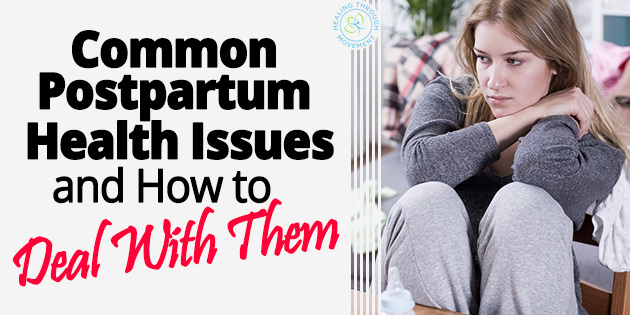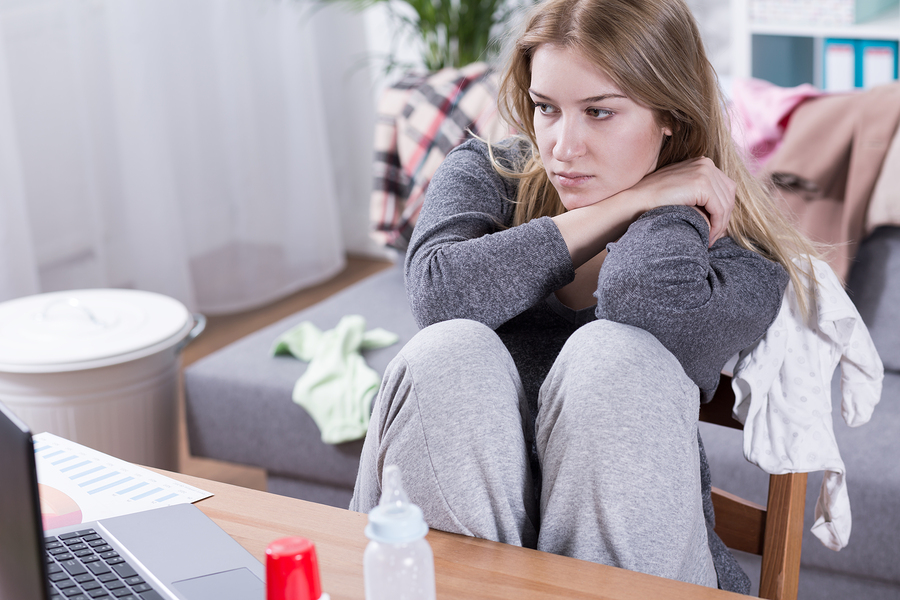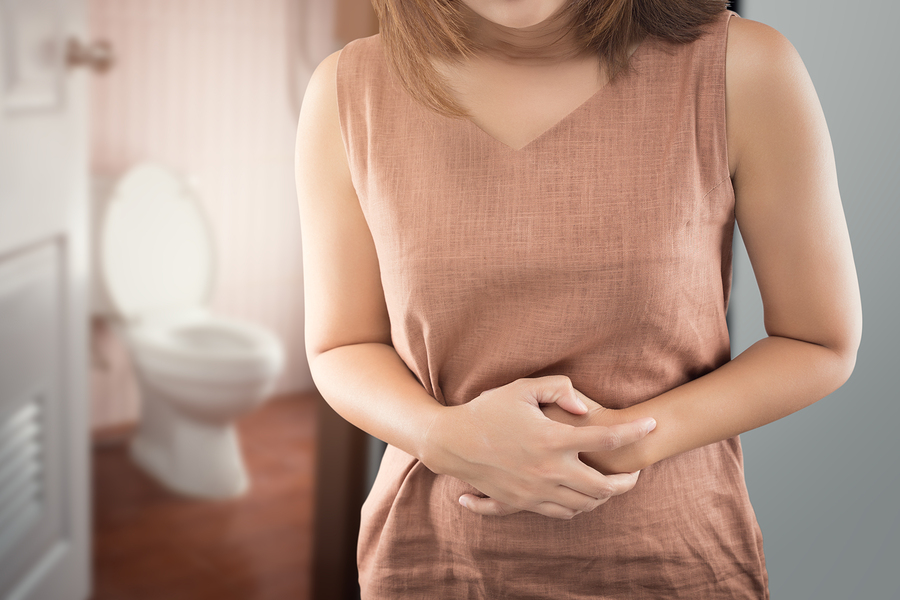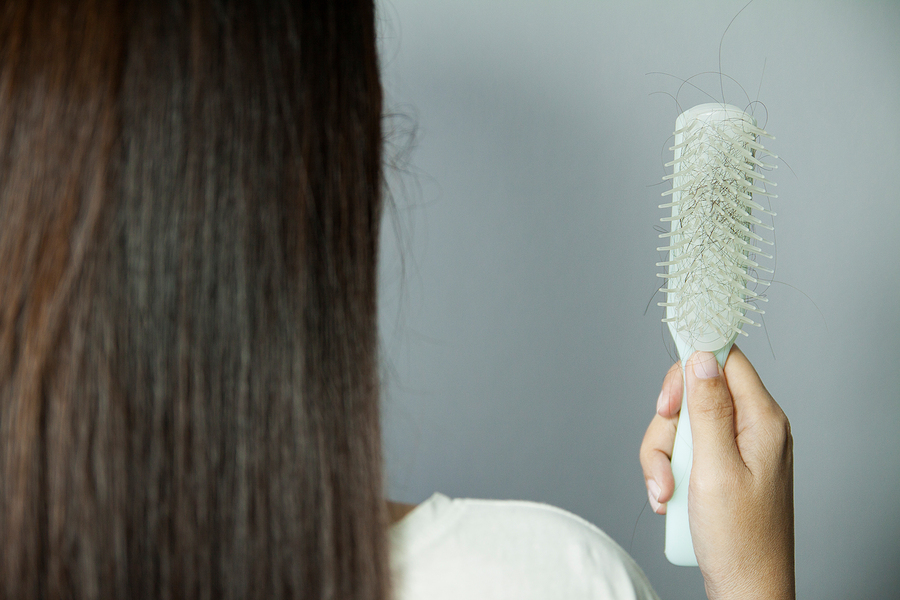Pregnancy and delivery changes a woman’s body in ways she never would have thought possible. After delivery, she is bound to go through various adjustments both physically and mentally as her body and her hormones adopt to the changes that occur after she has carried a child in her womb for 9 months. Slowly, it will heal itself, recover its strength, and begin to find renewed vitality as the woman begins to face her role as a mom to a young child.
While her focus may now shift from pre-natal care to the needs of her newborn, she also has to take care of her health and to make sure that she is recovering normally. A number of postpartum health issues may confront her and she needs to know how to deal with them appropriately.
Here are some of the most common postpartum health concerns that a woman faces and how she can address them:
1. Postpartum hermorrhage
Postpartum haemorrhage can sometimes occur within the first two weeks after delivery. This usually results after long periods of labor, multiple births, or when the uterus has contracted an infection. Some cases of heavy bleeding are attributed to the failure of the uterus to properly contract after the placenta has been delivered. When this occurs, the doctor is likely to prescribe some medications to help the uterus contract and to stop the bleeding. He may also perform a pelvic exam and run several tests to determine whether the mom has encountered an infection or has developed anemia as a result of blood loss. In more severe cases, surgical procedures may also have to be performed.
Any episodes of heavy bleeding that occurs after childbirth should be reported to the doctor immediately for the proper treatment.
2. Uterine infections
There are instances when the placenta is not completely expelled after delivery. When some portions of it remain in the uterus (retained placenta), the mother can have uterine infections or endometritis. Endometritis is manifested by symptoms that include fever, abdominal pain, swollen uterus, and foul-smelling vaginal discharges. Uterine infections are treated with antibiotics and usually clear up between 48 to 72 hours after administration of the prescribed medications.
3. Perineum pain
The perineum refers to the area between the rectum and the vagina which may have been overstretched or bruised during normal delivery. After childbrirth, a woman may experience some pain, swelling, and tenderness. These signs are aggravated if incision or episiotomy was performed during delivery. In the latter case, she may also have discharges from the wounded area due to an infection.
These symptoms are not uncommon and may be treated promptly. The pain is expected to diminish within a few weeks and could be alleviated by applying cold packs or warm water to the affected area. Taking some aspirin or over-the-counter pain relievers may also be helpful. The wounds from the incision also be thoroughly cleaned or drained to prevent further spreading of any possible infection.
4. Urinary disorders
Some drugs which are used to induce labor can affect a woman’s urinary functions after delivery. One of the common side effects of these medications is bladder overdistention which causes the bladder to fill up quickly. As a result, there is either a frequent urge to urinate or bladder incontinence where accidental leaking happens whenever a woman coughs, sneezes, or laughs.
These issues can be managed by bladder retraining where she intentionally lengthens the time between bathroom visits to help the bladder retain the urine to prevent leaking. Another technique is to perform Kegel exercises which help to tighten the pelvic floor muscles in order to allow better urinary retention. Some medications may also be taken to control urinary urgency and leaking accidents.
Another common postpartum urinary disorder is urinary tract infection (UTI). UTI symptoms include difficulty in urinating or frequently passing small amounts of urine, burning sensations when urinating, and mild fever. UTI may have been brought about by the swelling of tissues around the bladder and the urethra. While difficulty in urinating generally resolves on its own, the infection needs to be treated by taking antibiotics and increasing water or fluid intake.
5. Constipation and hemorrhoids
Constipation and hemorrhoids are also common occurrences after childbirth. These may be aggravated if a woman had an episiotomy which may make bowel movement painful.
Some over-the-counter ointments may be applied to the area to reduce the swelling of the haemorrhoids. Sitz baths and cold compress applications may also relieve the discomfort.
Further, constipation may be managed by adopting a diet that is high in fiber and which incorporates a lot of fruits, vegetables, whole grains, and healthy fluids.
6. Vaginal discharges
A woman is very likely to experience vaginal discharges from the remains of the placenta (lochia) within the first few weeks postpartum. These may be bright red or may be accompanied by some clots of blood. Eventually, the color will lighten and will soon turn to pink, yellow, or white until the discharges stop altogether. She can expect to be relieved from this discomfort in about 10 to 14 days.
However, should these discharges last for a longer period or be accompanied by a foul odor and mild fever, she should contact her doctor immediately.
7. Contractions
As the uterus begins to shrink back to its normal size and location pre-pregnancy, a mom may feel some contractions or “afterpains” that resemble menstrual cramps. These occur within the few days after delivery and may be felt more intensely in case of successive or multiple deliveries. The pain, however, is milder for new moms who tend to have better uterine muscle tone. The contractions typically become less intense on the third day following the delivery.
Some of the common tips advised to relieve the cramping sensations include gently massaging the lower belly, lying face-down with a pillow under the abdomen, and taking some over-the-counter pain relievers such as Ibuprofen. If the pain does not ease up in a few days and is accompanied by abdominal tenderness, then the physician should be consulted as the symptoms could indicate uterine infection.
8. Breast soreness, enlargement, and infection
As the breast milk begins to come, the breasts are likely to become enlarged, sore, and tender. To ease the discomfort, the mom is advised to begin to establish a nursing pattern for her child, use a breast pump, apply a warm washcloth over her breasts, and wear a supportive bra. She may also apply cold ice packs in between feeding periods. If she is not breastfeeding, she may take some pain relievers.
When breast pain is accompanied by fever and chills, the woman may have a breast infection known as mastisis. This is caused by an infection from the baby’s nose or throat which entered the mother’s breast through a break in her skin. Mastisis must be treated by the administration of oral antibiotics to prevent the formation of an abscess. It is important that she continues to express the milk from her breasts.
9. Hair loss
The elevated hormone levels during pregnancy usually cause a thickening of hair. But after the delivery, when the hormones begin to drop to normal levels, the excess hair begins to thin or fall out. This does not mean that a woman is suddenly going to get bald. It only indicates a return to normal hormone ranges. The hair loss is expected to cease within 3 to 6 months from delivery.
She may lessen the hair fall by using a mild shampoo, avoiding tight hair buns or hairdos, avoiding harsh hair products or chemicals, using a wide-toothed comb, and taking a prenatal vitamin supplement.
In case of excessive hair loss, however, the physician should be consulted for a thyroid test as it could indicate postpartum thyroiditis.
10. Stretch marks
Approximately half of women who get pregnant develop stretch marks which may appear on the breasts, hips, thighs, and abdomen. Initially, the marks appear reddish but later lighten in color. Although these may not disappear completely, they often become less noticeable over time.
Several creams, lotions, and ointments are available in the market which claim to help the stretch marks fade out. If a woman is not breastfeeding, she may use a Retin-A cream which helps to stimulate collagen production to firm up the skin that has been stretched and lessen the appearance of the marks.
11. Mood changes and depression
It is not uncommon for mothers to experience some mood swings, irritability, and anxiety after delivery. Collectively, these emotional episodes are called the “baby blues.” These are caused by some hormonal changes as well as by adjustments to motherhood. These feelings of mild depression normally dissipate within a few weeks.
There is, however, a more severe condition called “postpartum depression” (PPD) which lasts longer and is characterized by feelings of intense anxiety, loneliness, guilt, and despair. PPD should be treated immediately through counseling before it develops into postpartum psychosis. The latter is manifested by disinterest in the child, violent behavior, suicidal tendencies, and hallucinations. A therapist should be consulted as soon as the initial feelings or manifestations of “baby blues” get out of hand so the mother can receive the appropriate treatment.
A woman’s immediate postpartum care may depend on the conditions surrounding her pregnancy and delivery. For instance, mothers who undergo a caesarean birth require a longer period of initial care compared to those who had a normal delivery. Care may be sought both in the hospital or in the home. In the latter case, the guidance of an obstetrician, midwife, or health care provider is helpful.
During the first 3 to 6 days following the delivery, the mom is monitored for a number of indicators including temperature, blood pressure, pulse, bleeding, postpartum contractions, perineum pain, breast pain, urinary and bowel movement problems, and emotional adjustments.
These tests are repeated at six weeks after delivery when the obstetrician or health care provider also checks the woman’s vagina, cervix, and uterus to make sure that she is healing as expected. At this check up, discussions concerning contraception, physical care, and emotional support are usually carried out.
Dealing with these common postpartum health issues may be challenging especially for a new mom. The care and encouragement of a physician, midwife, partner, and close family member should be enlisted to facilitate a speedy recovery and to help the mom adjust to this new phase in her family life.
If you want to trim down your body, get younger, increase your metabolism and energy, and heal your pain then check out the Best Foods That Rapidly Slim & Heal In 7 Days.




